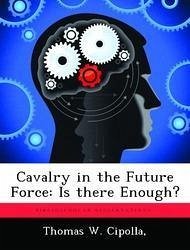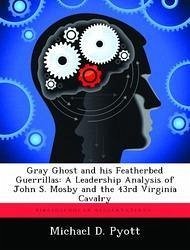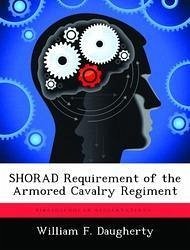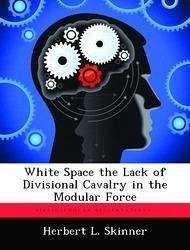
Cavalry in the Future Force: Is There Enough?
Versandkostenfrei!
Versandfertig in über 4 Wochen
59,99 €
inkl. MwSt.

PAYBACK Punkte
30 °P sammeln!
he transformation of the United States Army from the Current Force to the Future Force is ongoing and will affect every aspect of the Army as it is known today. The ability to see first, act first, and finish decisively, also known as the "quality of firsts, "" are requirements that form the conceptual foundation for Army Transformation. This monograph examines the force that has traditionally conducted the fight for information that has ultimately allowed commanders to "see first, "" the cavalry. More specifically, the study analyzes the cavalry forces proposed in the most recent Maneuver Uni...
he transformation of the United States Army from the Current Force to the Future Force is ongoing and will affect every aspect of the Army as it is known today. The ability to see first, act first, and finish decisively, also known as the "quality of firsts, "" are requirements that form the conceptual foundation for Army Transformation. This monograph examines the force that has traditionally conducted the fight for information that has ultimately allowed commanders to "see first, "" the cavalry. More specifically, the study analyzes the cavalry forces proposed in the most recent Maneuver Unit of Action (UA) Operational and Organizational Plan in order to answer the question, is there enough? In order to analyze the proposed cavalry organizations in the UA, the paper first provides a description of several doctrinal cavalry roles, and these are later used as evaluation criteria. It continues by discussing key principles that both current and future enemies can be expected to follow on the battlefield. The study then provides two historical case studies in which United States cavalry forces were faced with enemies that followed many of these same principles to determine if there are any lessons that may be applied to future cavalry organizations. Finally, the proposed cavalry forces are described in detail and evaluated in light of doctrinal cavalry roles using recent simulation and study results, contemporary academic analysis, and concepts that proved relevant from historical case studies. The study determines that though capable in many respects, the cavalry forces proposed in the 30 June 2003 version of the Maneuver Unit of Action Operational and Organizational Plan do not provide the reconnaissance and security capability required by the UA Commander to consistently win the fight for information at his level. While the anticipated technology overmatch possessed by the Future Force will be a great benefit to commanders at all levels, the proposed organizations














